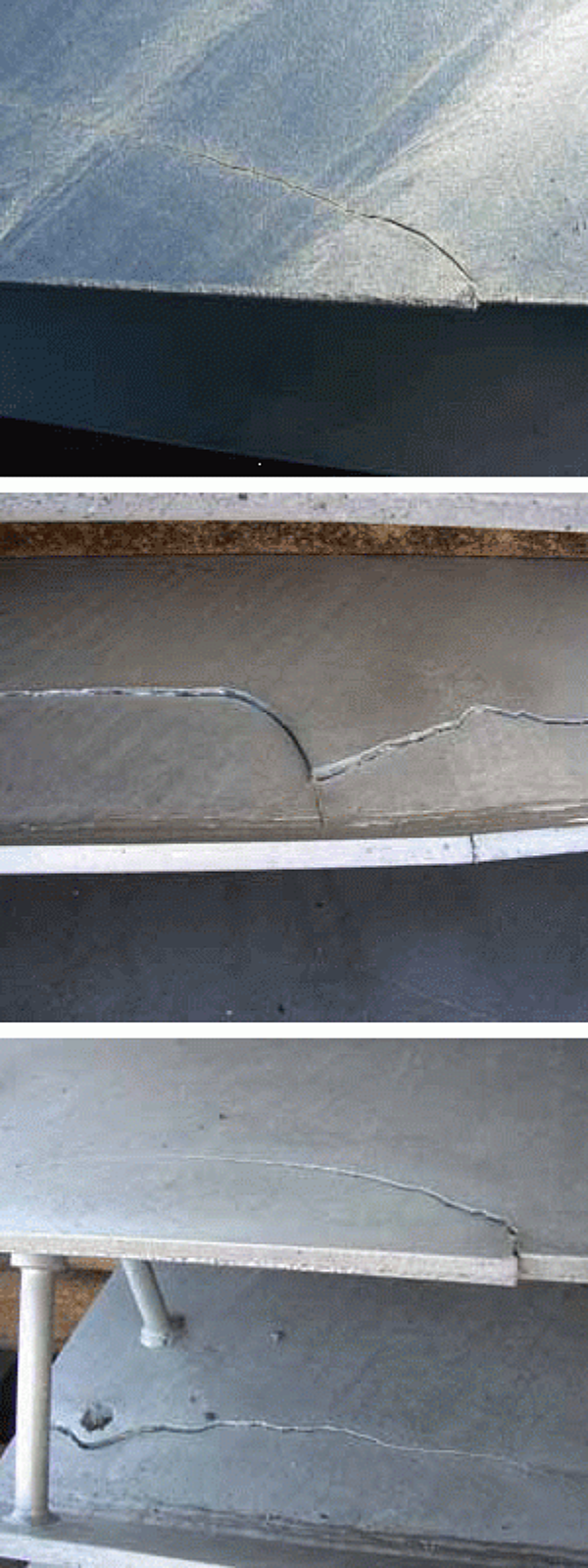AR400 Steel and T-1 (A514) Steel
What specifically is AR400 steel, and can it be galvanized with good results? Is AR400 steel similar to T-1 (ASTM A514), as I often receive inquiries about galvanizing T-1 steel?

AR400 stands for abrasion resistant with a minimum hardness on the Brinell scale of 360 and a nominal hardness of 400. Typical uses of AR steel, which is classified as a carbon steel, include chutes for gravel or coal in mining, liners for heavy equipment, and rifle range silhouette targets. AR steels are not intended for structural purposes and have a tensile strength in the range of 180 200 ksi.
Steels in this tensile range have a very small grain structure, which during the chemical cleaning portion of the hot-dip galvanizing process can trap hydrogen within that grain structure, ultimately leading to hydrogen embrittlement of the steel when it has external forces applied to it, i.e. during use. However, unique to AR steel which is quenched and tempered to reach the high hardness level, it will likely crack before being put into service, i.e. during the galvanizing process, due to residual stress in and around areas where the steel was cut, bent, welded, or drilled. This is technically not hydrogen embrittlement. There is no ASTM specification for AR steel, and it is produced by a number of steel manufacturers under a variety of trade names such as Algoma 400 and Hardox.
T-1 steel, unlike AR400, is an alloy steel covered by ASTM A514 / A514M - 05(2009) Standard Specification for High-Yield-Strength, Quenched and Tempered Alloy Steel Plate, Suitable for Welding. The tensile strength of A514 alloy steel is specified as at least 100 ksi (689 MPa) up to a 2.5 inch (63.5 mm) thick plate, and at least 110 ksi (758 MPa) ultimate tensile strength, with a specified ultimate range of 110130 ksi (758896 MPa). T-1 steel is often used as bridge structural steel, as its strength to weight ratio is much higher than carbon steel.
T-1 steel can be successfully galvanized. However, the specification allows up to 130 ksi max. ultimate tensile strength for some plates. As a result, simple plates with drilled holes are often suitable for HDG. Caution should be used if subjecting T-1 steel to additional hardening, or thermal cutting and welding. Areas locally hardened above 33 HRC or reaching above 150 ksi are unsuitable for HDG. Anecdotally, T-1 steels are capable of reaching 41-46 HRC after flame cutting and this has led to experiences with edge cracking upon HDG.
© 2025 American Galvanizers Association. The material provided herein has been developed to provide accurate and authoritative information about after-fabrication hot-dip galvanized steel. This material provides general information only and is not intended as a substitute for competent professional examination and verification as to suitability and applicability. The information provided herein is not intended as a representation or warranty on the part of the AGA. Anyone making use of this information assumes all liability arising from such use.
